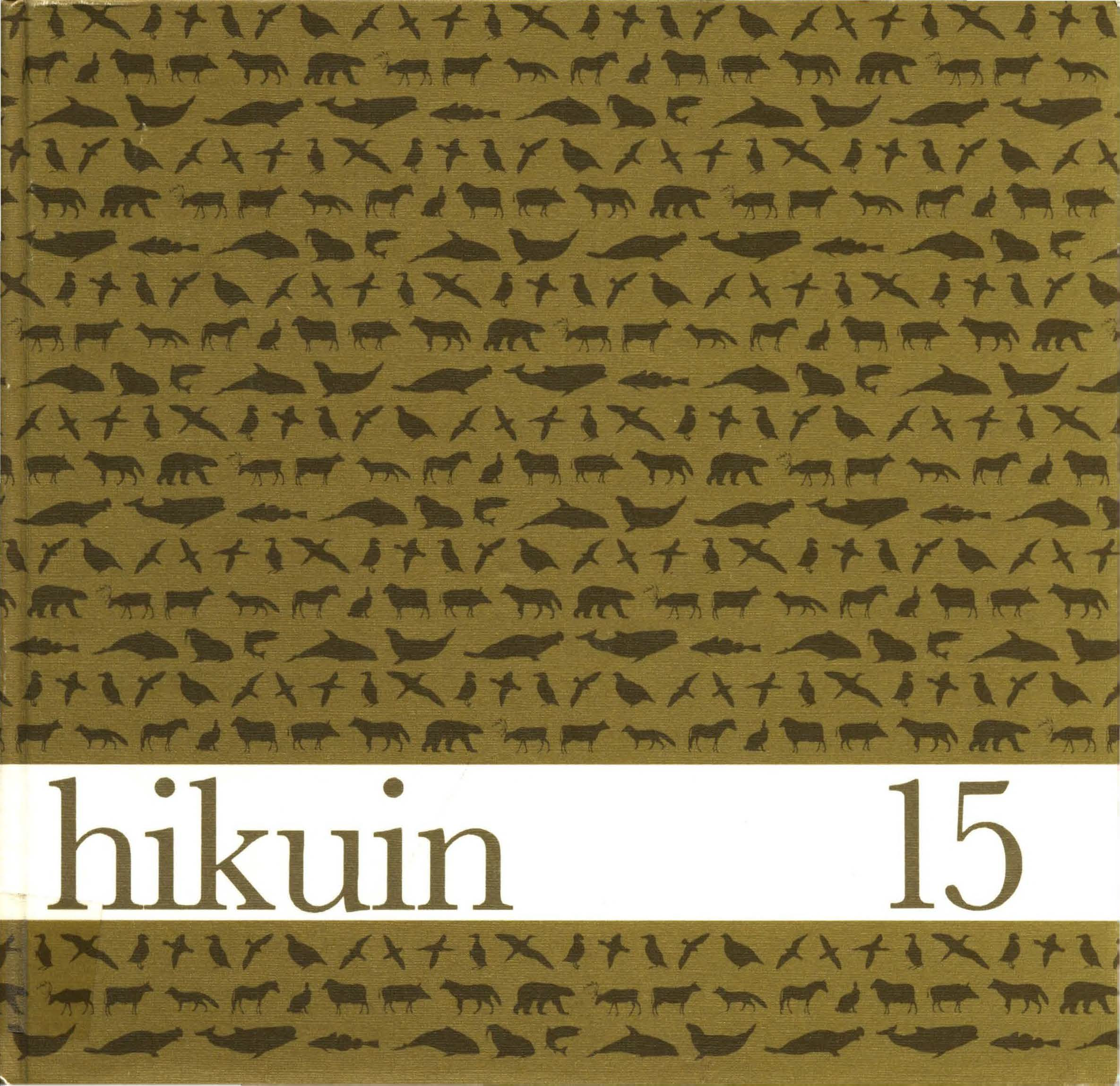Steatite in Norse Shetland
Resumé
One of the more striking features of the Norse settlements in the north Atlantic area is the general absence of pottery from Viking Period sites. Various materials, such as wood and leather, were used for containers in place of ceramics but the most important substitute in Shetland was steatite. Steatite, or soapstone, is a soft rock with talc as its primary constituent and carbonate minerals making up most of the remainder. The talc component makes it easy to carve with metal tools or tools of harder rocks, and gives it a high resistance to heat. Steatite is thus an ideal raw material for the manufacture of cooking utensils. This paper aims to
provide an overview of the steatite industry in Norse Shetland . Fig. 1 shows settlement and quarry sites mentioned in the text.
Downloads
Publiceret
Citation/Eksport
Nummer
Sektion
Licens
Forfatter og Forlag.





